There is a common misunderstanding between tow Rope and recycling belts, which are often sold as the same product. Although they look very similar, there are defining functions that distinguish the two from their uses. The biggest difference between the two is that the ends of the tow are equipped with large metal hooks that can be hooked on the tow Rope point and the shackle. At the same time, the recovery belt does not have these hooks.
In this article, we will introduce some of the most popular and best traction and recovery belts available today, and detail the differences between the two. We will provide advice on what to look for when buying a tow or recycle tape, and when and how to use each product. For more information on trailer and rescue belts, please refer to our catalog.
1. Tow Rope and Recovery: What's the difference?
As mentioned earlier, it's important to understand the difference between a tow and a recovery band, so you need to buy the right tools to get the job done. As the name suggests, tow Rope is designed for tow Rope and should not be used for recovery. These straps buckle to the trailer hook and then attach a shackle or D-ring to pull another car. The main reason that you should not use a tow for recovery is that they do not stretch, which means they are more likely to break or come loose, causing the attached hooks to fly. This can be particularly dangerous in some cases and can even lead to death.
The difference of the recovery belt is that the material of the recovery belt has a certain elasticity, so it can be stretched. You can easily identify the recycling belts, as there are loops at each end of the recycling belts that are fixed to the recycling points or frames common on trucks or truck bumpers. However, their tensile properties are more important because the straps are initially stretched to their capacity before the vehicle is pulled back to its original state. What's more, there are no hooks or metal pieces on these straps, so if you accidentally release them, you can use them safely.
In other words, it is best to use a rescue belt to pull out a stuck vehicle and use a traction belt to tow a vehicle that moves freely.
2. What to look for when shopping for a trailer or recycling belt
As mentioned earlier, the most important factor to look for when buying a recovery belt is its flexibility. You will want to make sure that the recovery tape can stretch without breaking. Now, whether you are buying a trailer or rescue belt, you need to make sure its length and width meet your needs.
After narrowing down the range of products according to the size of the strap, pay close attention to the grades advertised by the company. Usually, this will be the ability to break strength, and this is not the ability it can really pull. If possible, find the recommended vehicle rating for the belt, which will better explain the traction of the belt.
If you are buying a tow, make sure that the hooks on both ends are made of high-quality materials. The last thing you want is when the hook gets stuck or breaks when trying to tow the vehicle.
Durability is also a factor to consider, as you need a weather-resistant and waterproof product to make it as long as possible. If you plan to use a tow or rescue belt frequently, make sure it is durable and durable, especially when off-road.

3. How to properly use a tow Rope or recycling belt
How to use a trailer belt or rescue belt may seem simple and clear, but if used incorrectly, it may damage the vehicle and even cause injury to people. Your situation may require different steps, but follow these general guidelines when using a tow or recovery tape.
(1) Make sure that the tow is able to tow your cargo: We have previously emphasized that before installing the tow on the vehicle, determine the rated actual load weight of the tow. Inspect the belt thoroughly to ensure that no tears can weaken the belt.
(2) Find the tow on the vehicle to be towed: The tow is usually found on the front of the vehicle, and there may be a receiver on the rear of the vehicle that can be connected to the tow. Usually, these are the only areas where you want to trailer, because the car can be damaged anywhere else. If the trailer hook cannot be found anywhere on the vehicle, attach the belt to the vehicle's frame. But only do this if you have no other choice.
(3) Attach the tow: First connect the tow to one end of the tow. If you are using a belt with a loop at the end, pass the loop through the hook. The remaining belt should then be pulled through the loop. Carefully check to make sure that the open end of the hook is facing down to prevent the hook from accidentally unhooking.
(4) Moving your car: For a car being towed, park it near the car to be towed. Attach the other end of the belt to the belt using the same procedure as above.
(5) Put the car to be towed in neutral: After the car to be towed is in the neutral position, make sure there is someone in the vehicle. Then slowly drive another car, paying special attention to any looseness in the belt. Try to avoid sudden movements as they may damage the vehicle, hooks and belts. If you encounter great resistance, double-check that everything is properly connected and use the correct belt for the situation.
(6) Be careful when parking: Slow down gradually when tow Rope, and make sure that people in the towed vehicle are ready to brake when necessary. If you are tow Rope a vehicle downhill, you particularly want the driver in the towed vehicle to pay close attention.
(7) After reaching the destination, please unhook all hooks: After unhooking and removing the tow Rope or recycling belt, make sure that you also remove any other accessories such as shackles. Store the belt in a safe place for next use.
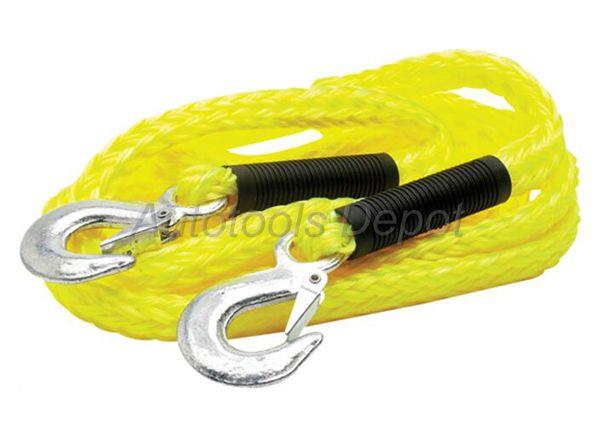
4. Autotoolsdepot recommend:
(1) After each use, rinse the trailer belt with water to minimize the sand in the trailer belt to ensure that the fibers in it are not worn.
(2) Don't put it with sharp things, so as not to cut the fiber, which will reduce the performance.
(3) After maintenance, it is better to put it in the matching bag for the next use.
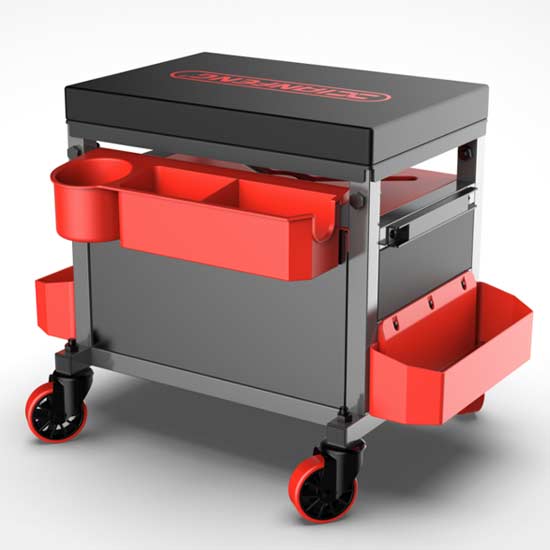 Tool seat
Tool seat
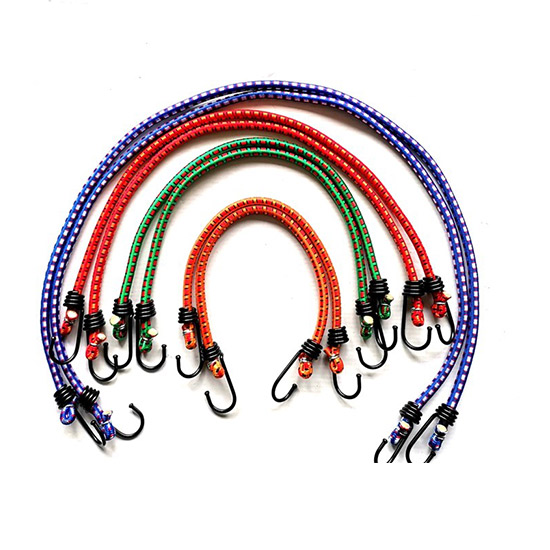 Stretch Cord
Stretch Cord
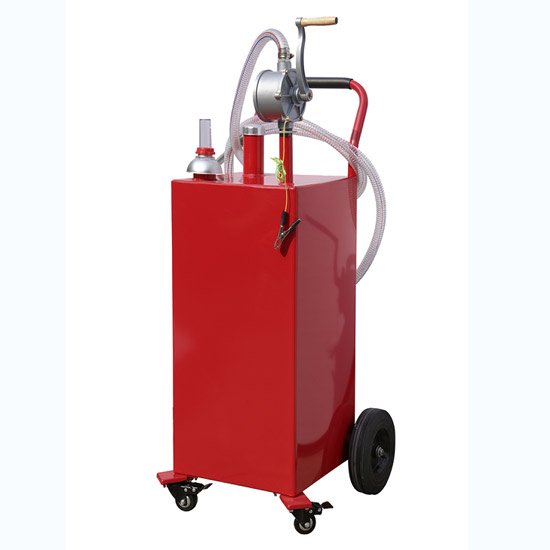 Oil Pump
Oil Pump
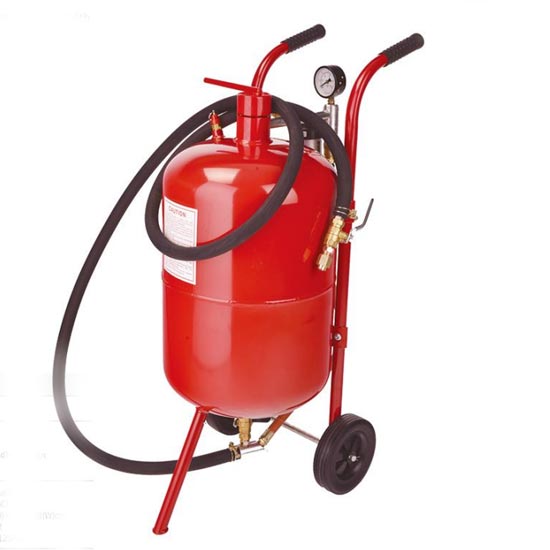 Sandblast Pot
Sandblast Pot
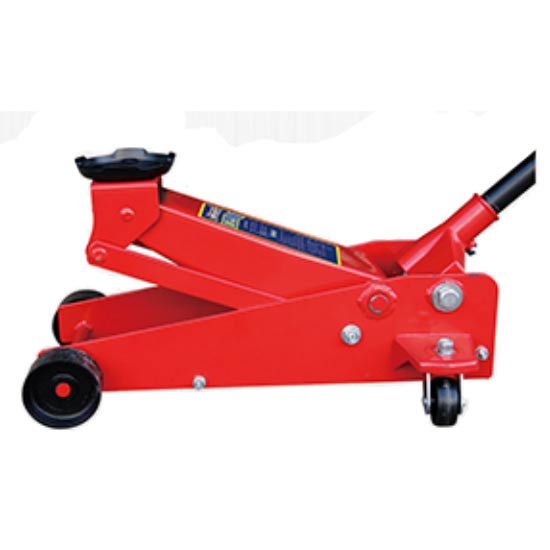 2.25 Ton Hydraulic Floor Jack
2.25 Ton Hydraulic Floor Jack
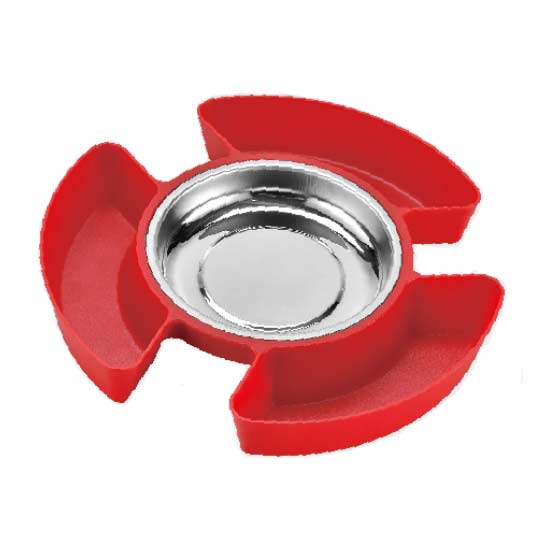 Magnetic Tray With Tool Plate
Magnetic Tray With Tool Plate
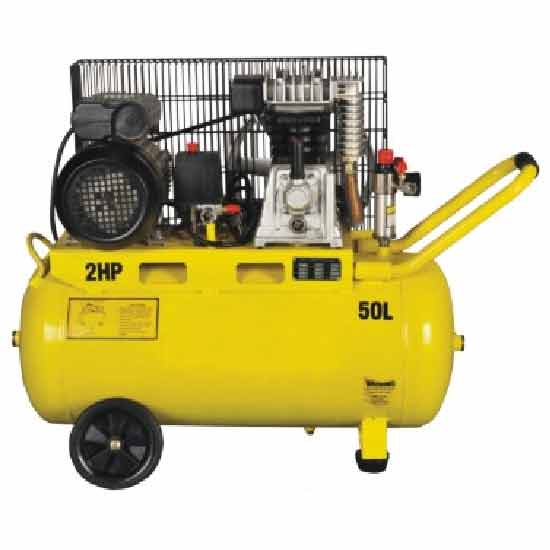 Single-stage Air-cool Movable Air Compressor
Single-stage Air-cool Movable Air Compressor
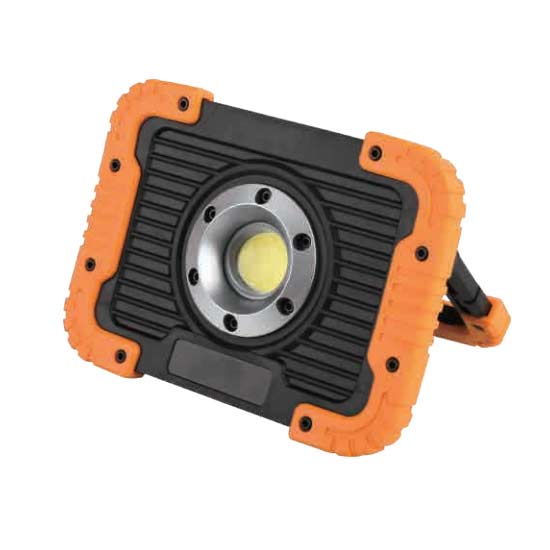 10W Rechargeable Led Flood Light
10W Rechargeable Led Flood Light
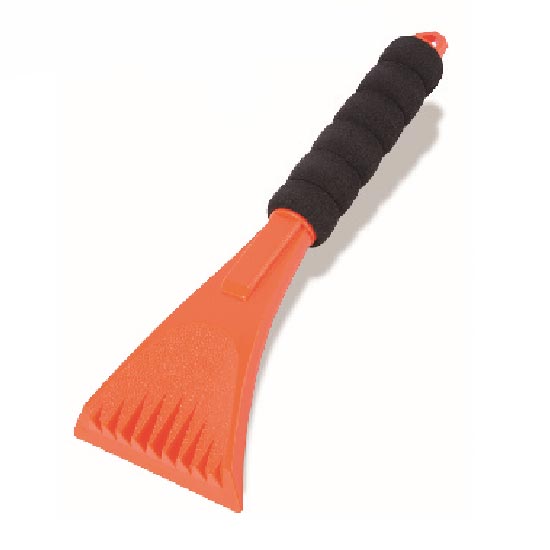 Ice Scraper
Ice Scraper
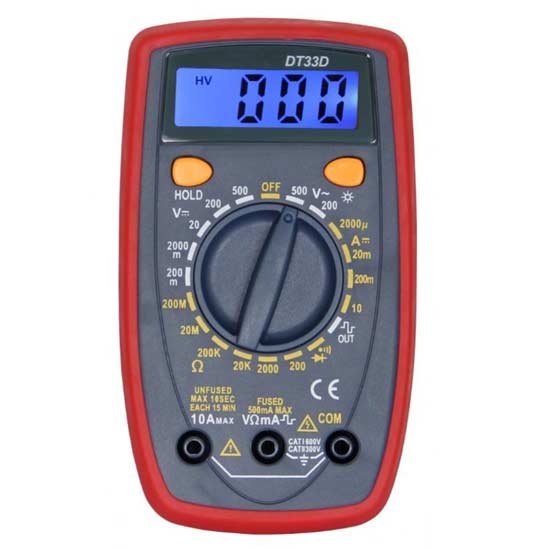 Small Multimeter with Backlight
Small Multimeter with Backlight
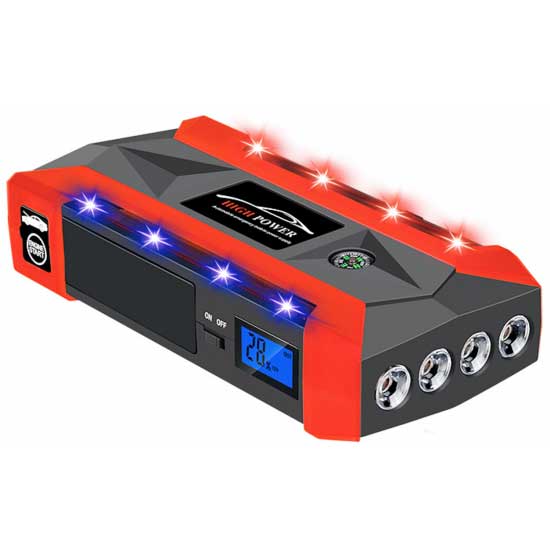 Jump Starter With 4 Led Lights
Jump Starter With 4 Led Lights
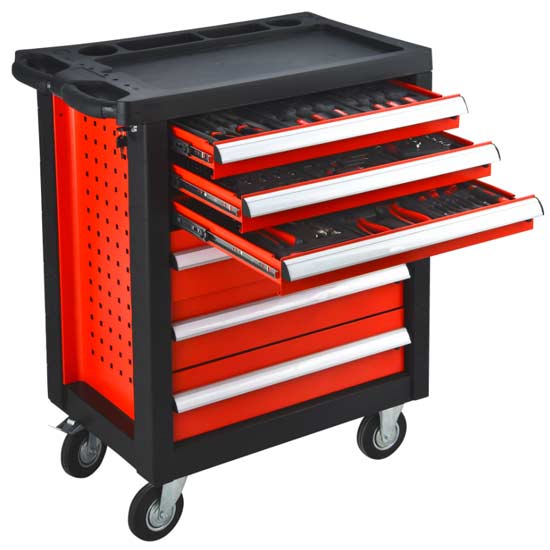 Steel Tool Cabinet
Steel Tool Cabinet
 Large Tool Cabinet
Large Tool Cabinet
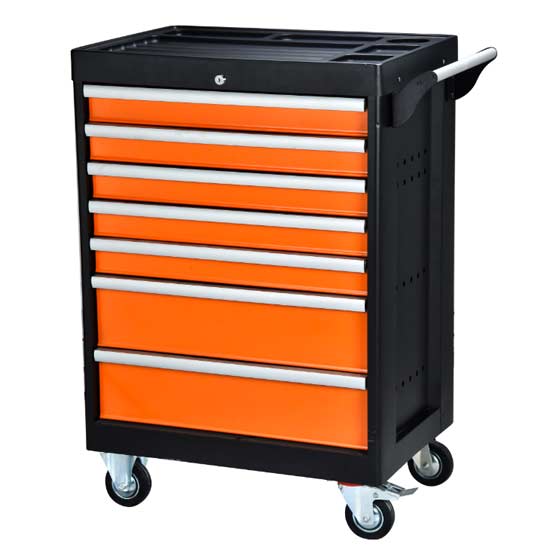 Tool Storage Cabinet
Tool Storage Cabinet
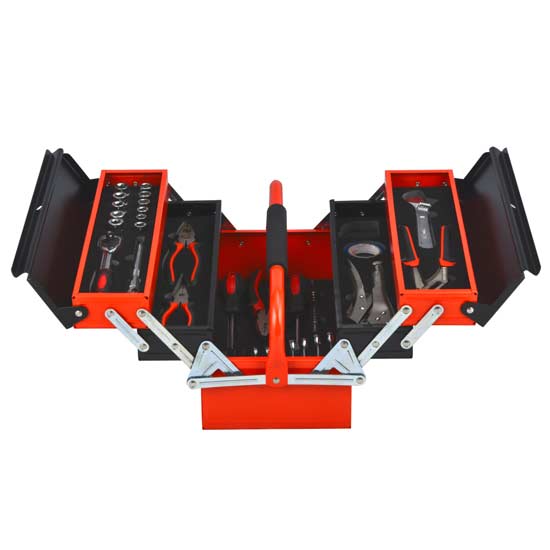 Metal Tool Box
Metal Tool Box
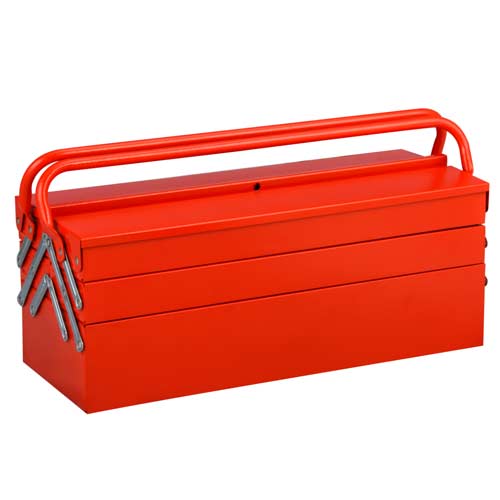 Large Metal Tool Storage Box
Large Metal Tool Storage Box
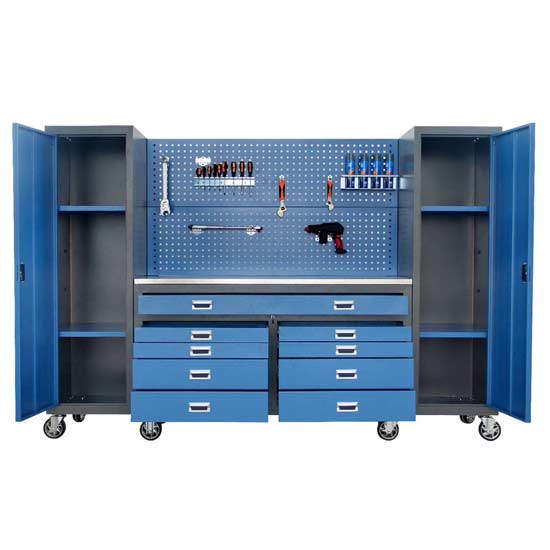 Blue Metal Tool Cabinet
Blue Metal Tool Cabinet
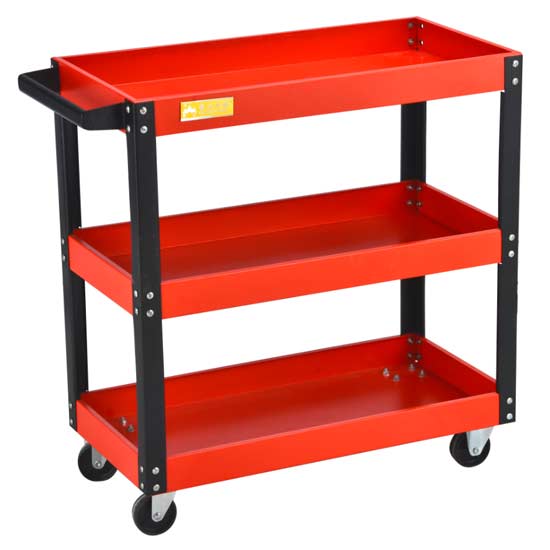 Red Steel Tool Trolley
Red Steel Tool Trolley
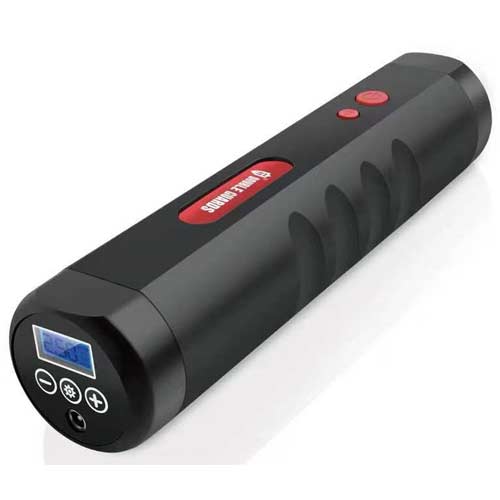 Portable Tire Inflator
Portable Tire Inflator
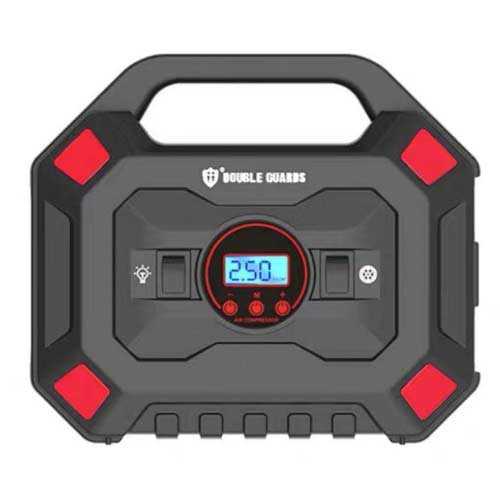 Custom Tire Inflator
Custom Tire Inflator
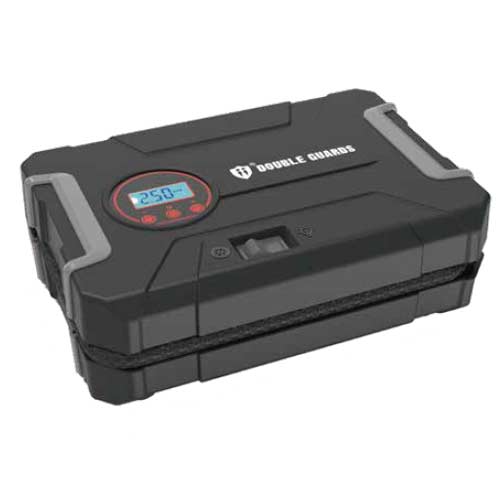 Tire Pressure Pump
Tire Pressure Pump
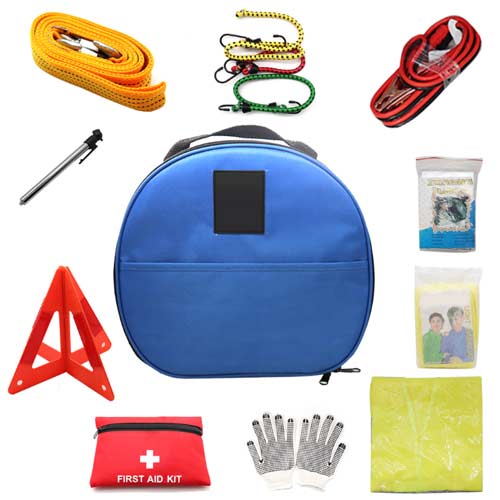 Auto Emergency kit
Auto Emergency kit